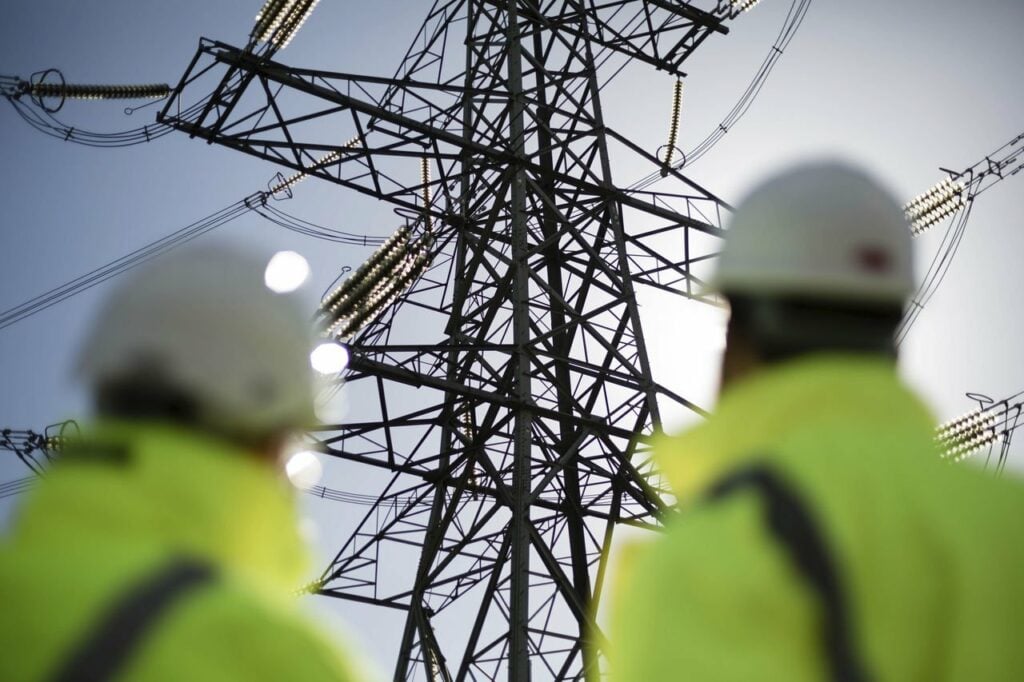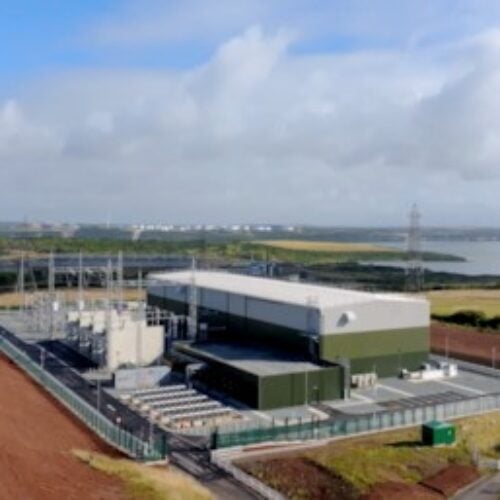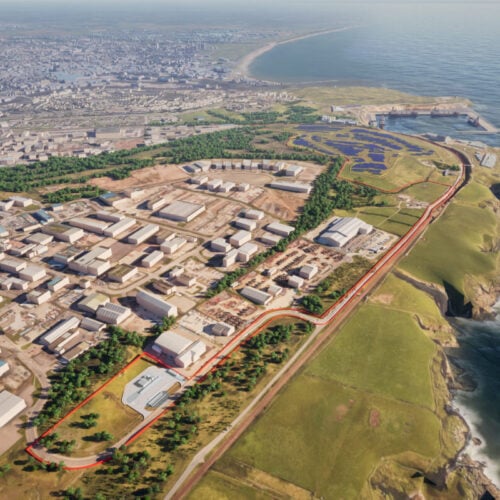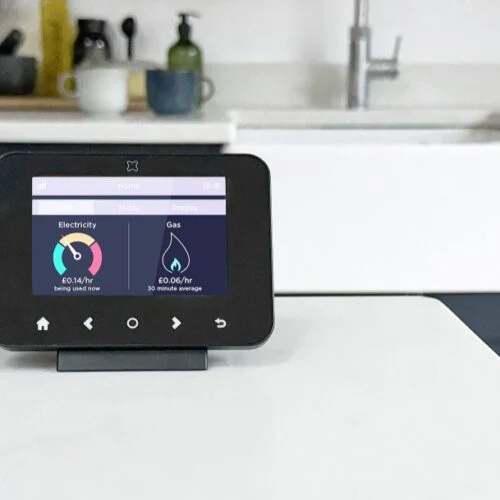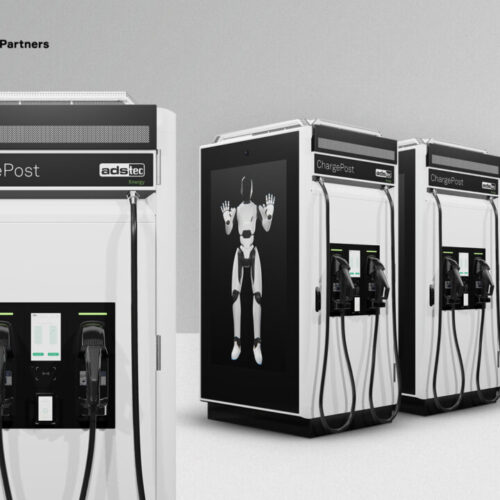National Grid has seen its underlying operating profit rise 47% to £1.4 billion for the six months ended 30 September as it focuses on delivering “critical and green investment”.
This rise in profit was driven by its Western Power Distribution (WPD) acquisition, IFA2 operations, a reduced COVID-19 impact and higher UK Electricity Transmission net revenue.
Excluding the first time contribution of £257 million from WPD, the underlying operating profit rose 20%.
The WPD acquisition was first announced in March, with the transaction – which had an equity value of £7.8 billion – closing in June. In the initial announcement, National Grid said the acquisition would help strengthen its long-term growth outlook by ensuring its scale in the electricity distribution sector, which is expected to see asset growth in the near future.
Net debt also increased in the period to £41.5 billion, with this being £13 billion higher than at 31 March 2021. This increase was also driven by the acquisition of WPD, which was financed by an £8.2 billion loan to purchase the equity shares from PPL and to replace £350 million of borrowing facilities that expired on change of control.
The company has also implemented a new operating model with seven business units across the group, each of which has accountability for delivering the innovation and efficiencies specific to their areas.
John Pettigrew, chief executive of National Grid, said: “Looking ahead, the new organisational structure that we have implemented, alongside a major cost efficiency programme, will ensure we are in a strong position to capitalise on the significant growth opportunities ahead.
“Our focus will be on delivering critical and green investment to enable the decarbonisation of power, transport and heat, and lead a clean, fair and affordable energy transition across the jurisdictions we serve.”
The company continues to expect to invest £30-£35 billion across its energy networks and adjacent businesses in the UK and US over the five-year period to 2025/26. In the UK, it expects around £8 billion of investment in electricity transmission for asset health, anticipatory system reinforcement to facilitate offshore generation and other new onshore system connections.
It also expects the WPD networks to invest £4-£5 billion over the next five years in asset maintenance, facilitating the infrastructure for electric vehicles and directly connected generation.
In the half year, National Grid’s capital investment totalled £2.8 billion for continuing operations, up 15% principally through WPD capex and higher UK Electricity Transmission, with this partially offset by lower capital investment in National Grid Ventures as its £350 million IFA2 interconnector became operational.
UK Electricity Transmission’s underlying operating profit rose by 13% to £552 million while UK Electricity System Operator’s (ESO) increased by 32% to £49 million.
Adjusted ESO operating profit was £63 million compared to a loss of £32 million in the prior period, with this largely arising from an £83 million year-on-year timing swing. This was driven by significant Transmission Network Use of System (TNUoS) under-collections in the prior period and other favourable regulatory timing in the current year, National Grid said.
It added that the ESO “managed well through periods of calm, settled weather” during the first half of the year, focusing on initiating the programmes, investments and staff recruitment needed to deliver the RIIO-2 business plan. It also published its Winter Outlook in October, forecasting an electricity capacity margin of 6.6%, which is lower than last year but still within the required Reliability Standard.
Looking ahead, net revenue (excluding timing) of the ESO is expected to increase by around £70 million compared to 2020/21 as a result of the RIIO-2 price control and improved incentive performance, with the higher revenue including rate funding for workload increase, more employees and IT system requirements needed to deliver RIIO-2 outputs. As a result, costs are expected to increase by around £50 million.
UK Electricity Transmission net revenue (excluding timing) is also expected to increase compared to 2020/21 as a result of the new RIIO-T2 price control and a benefit from CPIH indexation, but the company expects this to be offset by higher controllable and other costs as a result of increased IT and cyber spend.
